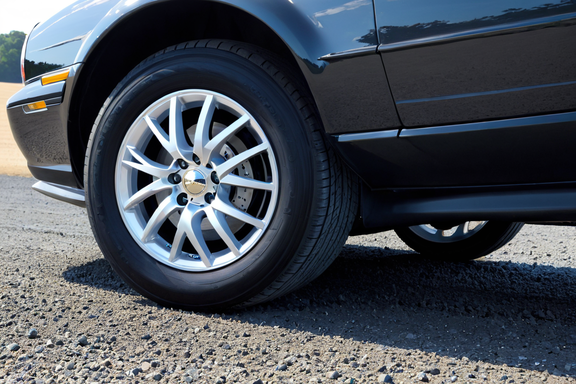Deciphering Friction: Defining, Identifying Types, and Analyzing Real-world Implications
Friction is everywhere and is both a source of resistance and a foundation of motion. It is a fundamental concept with implications that reach far and wide, from how we walk to how machines function. In this article we will explore the science of friction by defining it, examining its types, and elucidating its physical manifestations in the real world across multiple disciplines.
Defining Friction: The Counteracting Force
The friction is due to the force that opposes the relative motion or the intended motion between two objects that are in contact with each other. Friction is caused by the interaction between the two surfaces and the irregularities (roughness) present on them.
Types of Friction:
Static friction: This friction resists initial motion between two surfaces in contact; it requires all the work needed to overcome resistance by two objects held motionless.
Kinetic Friction: Sliding or moving friction, opposing motion of a moving or sliding object against another so the object moves and the other suffers the resistance.
Rolling friction: This is the type of friction experienced by objects that roll over other objects.
Fluid Friction: The force experienced by any object moving through a fluid medium (usually a gas or liquid), such as air and water.
Real-world Implications:
Everyday activities: In everyday life, we walk, or we grip and lift objects, or we drive over a road. Friction, namely the resistance to sliding between moving solids, can make the difference between being able to go or stop, between tires holding or skidding on roads.
Engineering and Design: Engineers take friction into account when designing machines to minimise the energy needed for efficient running, make sure gears mesh, and minimise wear.
Manufacturing and Friction: It is essential to control friction in manufacturing processes in order to improve accuracy and avoid excessive heat generation.
Physics and Dynamics: Frictional forces change the interaction of these bodies with each other; for example, they alter trajectories, cause energy loss and influence stability.
Advantages and Disadvantages of Friction:
Friction is good: you’d never get anywhere without it. You need it for traction, controlled motion and for doing things like writing with a pen. It provides stability so things don’t slip and slide around.
Advantages: It helps create vibrations necessary for sending messages through various systems, e.g., ultrasound, clicking by bats, rubbing of tissues of snakes.
Disadvantages: The force required to move an object through another substance causes loss of energy leading to wear-and-tear, increased maintenance and reduced efficiency, practically in all systems.
Reducing Friction:
Lubrication: Using lubricants between surfaces reduces friction and minimizes heat generation.
Smooth Surfaces: Polished surfaces with fewer irregularities experience lower friction.
Challenges and Innovations:
High-friction Situations: More friction leads to greater inefficiency and wear-and-tear, so we need ways to minimise the consequences.
Nanotechnology: New developments in nanotechnology are looking into the effect and manipulation of surface textures in order to control friction on the microscopic scale.
Navigating the Forces of Friction
And so, to conclude: friction is a complex force that plays a crucial role in our interactions with the natural world. The varieties it takes, and how it is both helpful and a hindrance, makes it a fundamental aspect of physics, engineering, and design. By finding ways to maintain the right level of friction – to keep things stable, but not stuck – upon which we can harness energy, we are actively enabling new or improved technologies that serve to push engineering and society forward in almost every facet of human life.
Other related questions:
- What is ph? Its Definition, Importance, and Applications
- It is what it is: Its Meaning, Origins, and Philosophical Implications
- What is a preposition? Their Definition, Usage, and Importance in Language
- What is power? Definition, Forms, and Societal Implications
- What is ICT? Significance, and Impact of Information and Communication Technology

